How LVMH is Reinventing Sustainable Luxury through LIFE 360
- Juliana Barreto Pinto
- 13 may
- 6 Min. de lectura
By Juliana Barreto Pinto
“More than 75 Maisons, 6 business sectors, over 213 000 employees across 81 countries, and more than 6,000 stores: LVMH is an exceptional universe.” (Inside LVMH)
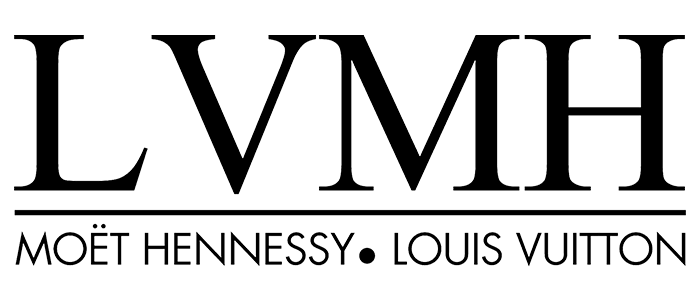
We’ve all encountered the word luxury at some point—often paired with sky-high prices and images of the world’s most coveted brands. Names like Louis Vuitton, Ferrari, Prada, and Rolex effortlessly come to mind, reigning supreme in our collective imagination as symbols of desire, exclusivity, and status. But beyond the surface, have we ever stopped to ask: What does luxury really mean? And more importantly—is it sustainable?
Let’s start with the definition. When you think of luxury, you might picture something wildly expensive, ultra-exclusive, or even a once-in-a-lifetime aspiration. And you wouldn’t be entirely wrong. According to Britannica Money, luxury “implies a relatively large consumption of wealth for nonessential pleasures.” But there’s more to it than just price tags and prestige.
Luxury lives in the details. It’s about exceptional craftsmanship, timeless quality, and the story behind each piece. It’s the care in the construction, the heritage behind the name, and the sense of rarity that makes these products—and experiences—so valuable. This is what justifies their price: not mass accessibility, but meaningful creation.
True luxury isn’t just about what you can see or touch. It evokes a deeper emotional response—a feeling of wonder, aspiration, and myth. It transcends the material and enters the realm of identity and storytelling.
When we speak of heritage in the luxury world, we refer to brands that have stood the test of time—some for decades, others for centuries. These are houses whose legacy has been carefully preserved, even as the landscape evolved. In recent decades, many of these storied names have been brought under the wings of powerful conglomerates, especially during the late 20th century, when diversification and global expansion became strategic imperatives in the luxury market.
Among them, the most dominant is LVMH—the French powerhouse led by Bernard Arnault, the wealthiest man in France. With a portfolio that spans 75 brands across six distinct sectors, LVMH has firmly established itself as the most influential group in the luxury industry. From fashion and leather goods to wines, cosmetics, and hospitality, their reach is unmatched.
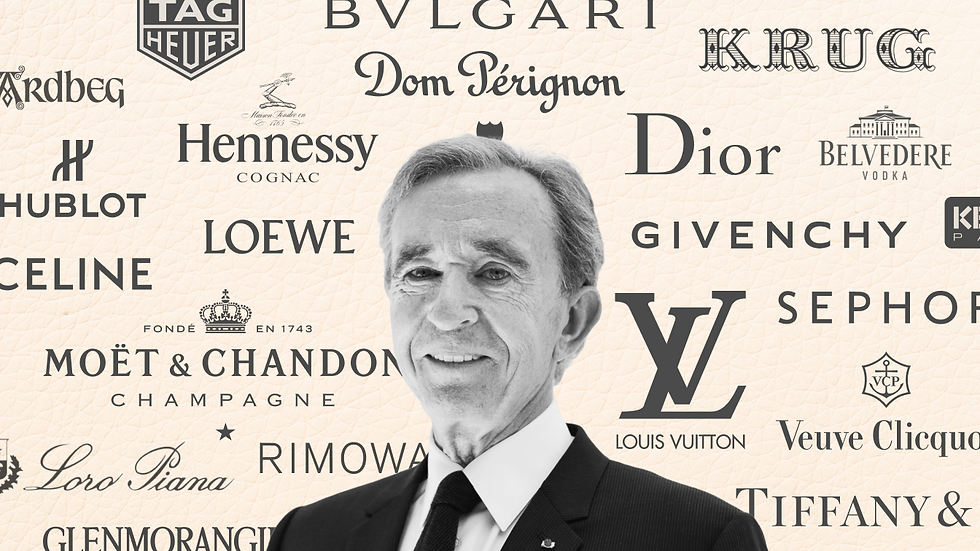
Bernard Arnault CEO of LVMH
But not everything about the luxury world gleams in gold. While luxury emphasizes quality, longevity, and timeless design—values that naturally align with sustainability—it’s important to recognize that exclusivity and environmental responsibility don’t always coexist harmoniously.
Take, for example, the troubling practice of destroying unsold inventory—a method some luxury brands use to preserve their aura of rarity and prevent discounted products from entering secondary markets. These actions cast a shadow on the notion of luxury as sustainable, forcing us to question the true cost of protecting prestige.
That said, the last decade has seen a notable shift. As environmental awareness grows, so does the pressure for luxury brands to evolve. Many, including LVMH, have begun taking action. Through initiatives like LIFE 360 (LVMH Initiatives For the Environment), the group is committing to more responsible sourcing, transparent supply chains, and long-term environmental goals. It’s a step—perhaps a necessary one—toward redefining luxury for a more sustainable future.
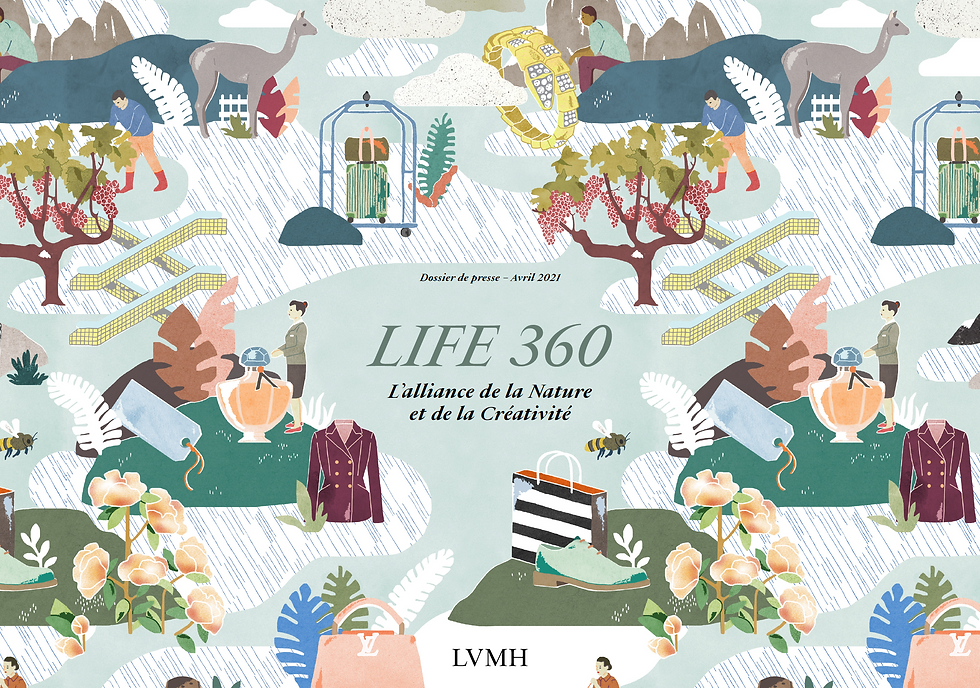
LIFE 360
The story of LVMH’s sustainability journey began in 2012 with the launch of LIFE—LVMH Initiatives For the Environment. This initiative marked a turning point, as the group set out to weave sustainable development into the core business strategies of each of its Maisons. What started as a vision soon evolved: by 2016, LIFE had expanded into a more ambitious framework, built around four strategic pillars and designed to accelerate the group’s path toward environmental excellence by 2020.
Then came the next chapter: LIFE 360. Officially launched with concrete milestones—2023, 2026, and 2030—this updated plan reflects LVMH’s commitment to long-term sustainability goals, not as a trend but as a new standard in the luxury world.
The four pillars that define LIFE 360 are:
Protecting Biodiversity – Preserving the ecosystems that make luxury possible, from the fields of raw materials to the forests that inspire design.
Fighting Climate Change – Cutting greenhouse gas emissions and investing in energy-efficient innovations across the value chain.
Embracing the Circular Economy – Designing products to last, encouraging repair, reuse -upcycling, and responsible sourcing.
Ensuring Transparency – Building traceable supply chains and communicating with clarity, from creation to customer.
LIFE 360 isn’t just about reducing impact—it’s about reimagining how luxury can lead in shaping a more conscious, elegant future.
"Créer des produits qui scellent une nouvelle alliance entre LVMH et la nature et qui contribuent positivement à la biodiversité et au climat."
[Create products that seal a new alliance between LVMH and nature and make a positive contribution to biodiversity and the climate.]
The “Alliance Between Nature and Creativity”
The LIFE 360 strategy is more than just a corporate plan—it’s a creative alliance between nature and innovation. Born from open dialogue among LVMH’s Maisons, emerging talents, and students, it reflects a new generation’s urgency: to place the environment at the heart of luxury’s evolution.

THE FOUR PILLARS
LIFE 360 stands on four key pillars that shape LVMH’s commitment to a more sustainable and responsible luxury industry.
La biodiversité (Biodiversity)
Luxury has always relied on nature’s rarest gifts: leathers, cottons, silks, flowers, and precious stones. But with beauty comes responsibility. Many of these natural resources are non-renewable, in limited supply, and increasingly under threat. The biodiversity pillar acknowledges this delicate dependency and acts on it with urgency.

LVMH’s commitment goes beyond preservation—it aims for regeneration. That means not just minimizing damage but actively restoring ecosystems and safeguarding the materials that fuel creativity across its fashion, beauty, wines, and jewelry divisions.
Some concrete actions include:
Partnering with local and international organizations to educate and preserve at-risk ecosystems.
Investing in regenerative agriculture, supporting soil health and biodiversity at the source of production.
The group’s 2030 targets are bold:
Regenerate 5 million hectares of natural habitats.
Reduce water withdrawal by 30%.
And progress is being made. By the end of 2023, LVMH had already rehabilitated 3.1 million hectares and sourced 75% of its cotton from certified or guaranteed responsible sources. A strong start, yes—but with the planet on the line, consistency and accountability will define true success.
“We must continue to be bold in reconciling humankind with life and preserving biodiversity.” - Antoine Arnault
Le climat (Climate)
Reducing carbon emissions is no longer optional—it’s essential. At LVMH, decarbonization is underway across all Maisons, focusing on both energy efficiency and the adoption of renewable energy in stores, workshops, and production sites.
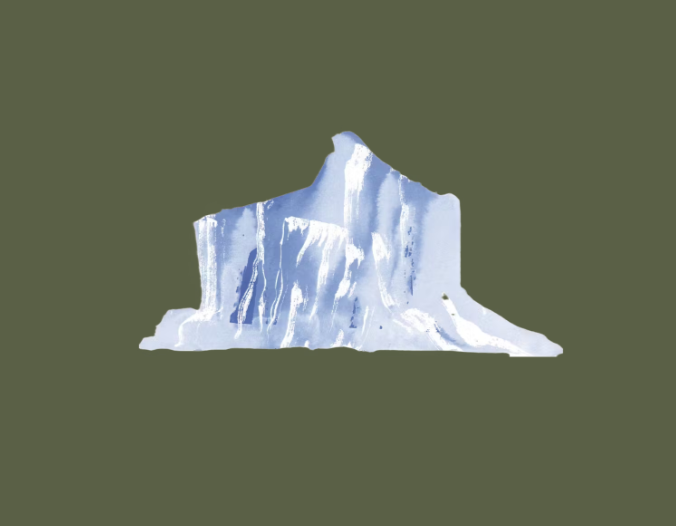
But real impact means looking beyond what’s visible. That’s why LVMH is also targeting Scope 3 emissions—those that occur outside direct operations, across the entire value chain: from raw material sourcing to product transport and consumer use.
The goal? Cut CO₂ emissions by 55%, especially those linked to Scope 3.
And results are already showing.
In 2023:
CO₂ emissions (Scopes 1 & 2) were down 28% (vs. 2019).
63% of energy used came from renewable sources.
Scope 3 emissions dropped by 29.9%.
A strong signal that when luxury leads with purpose, change is possible.
"Le Groupe a l’ambition d’avoir une trajectoire carbone compatible avec l’Accord de Paris."
[The Group's ambition is to have a carbon trajectory compatible with the Paris Agreement.]
La circularité créative (Creative Circularity)
Circularity is no longer just a trend—it’s a value reshaping the way we consume. As startups and consumers embrace concepts like reuse, refill, and repair, luxury has no choice but to evolve. LVMH is responding with strategies that give products a second life, making sustainability part of the experience.

From eco-design in packaging and production to services that extend product longevity, the Group is stepping up. And the results speak volumes:
97% of Maisons (excluding Wines & Spirits) now offer circular services.
43% of plastic and glass packaging comes from recycled materials.
280,000 meters of fabric were recycled in 2023.
Yet, they still used 7,942 metric tons of virgin fossil-based plastic—proof there’s room to grow.
By 2030, the goal is ambitious but necessary: every product ecodesigned, from start to finish.
La traçabilité (Traceability)
Last but definitely not least, transparency—a pillar I find especially powerful. In today’s fashion landscape, traceability isn’t just a buzzword, it’s a must. Consumers want to know where their products come from, how they’re made, and what impact they carry.
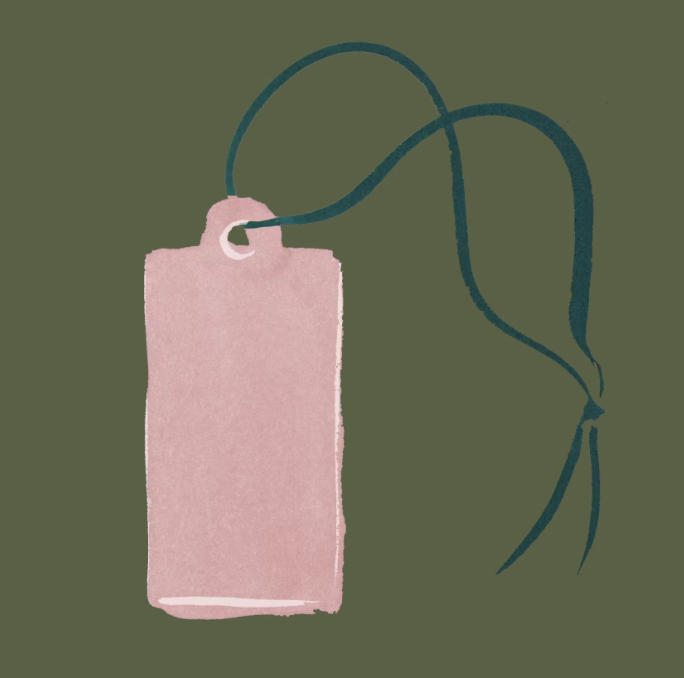
LVMH is weaving transparency into the core of its supply chain, aiming to make luxury not only desirable, but accountable.
By identifying high-impact areas and taking responsibility for ecosystems and resources, the Group is pushing for a more conscious model.
And progress is already visible:
Over 30,000 products in 2023 featured a dedicated Customer Information System.
96% of leather purchases were traceable.
100% of exotic leather origins were identified.
The goal for 2030? Full traceability across all strategic supply chains—because luxury should never come at the cost of the unknown.
The answer isn’t black or white. But one thing is clear: the industry is finally waking up. LVMH’s LIFE360 shows that even the most iconic maisons are rethinking their impact—and that matters. Sustainability is no longer just for niche brands or eco-activists. It’s becoming a new pillar of desire, right alongside elegance and exclusivity.
As fashion lovers, we have the power to shape what comes next. By asking the right questions, demanding transparency, and valuing craftsmanship with conscience, we’re not just buying into a brand—we’re helping redefine what luxury truly means.
Until next time Style Legion!,
Juliana, The Fashion Speaker ;)
References
Britannica money. (n. d.). Retrieved from
Comparing scope 1, 2 and 3 emissions | WorkForClimate. (n. d.). Retrieved from
Our commitment FOR THE ENVIRONMENT. (n.d.). LVMH. Retrieved from
LIFE 360 Pictures courtesy of LVMH.





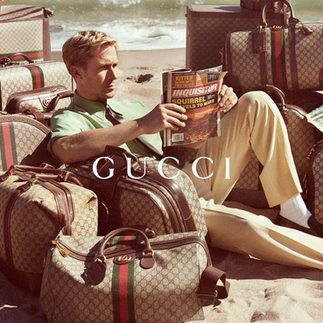
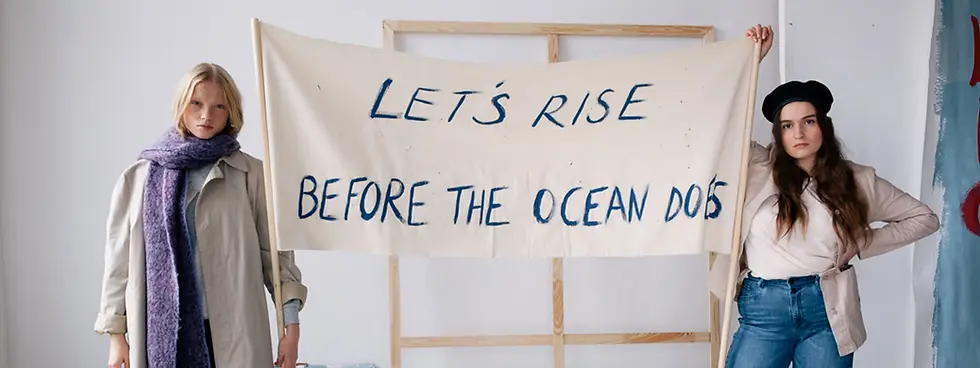
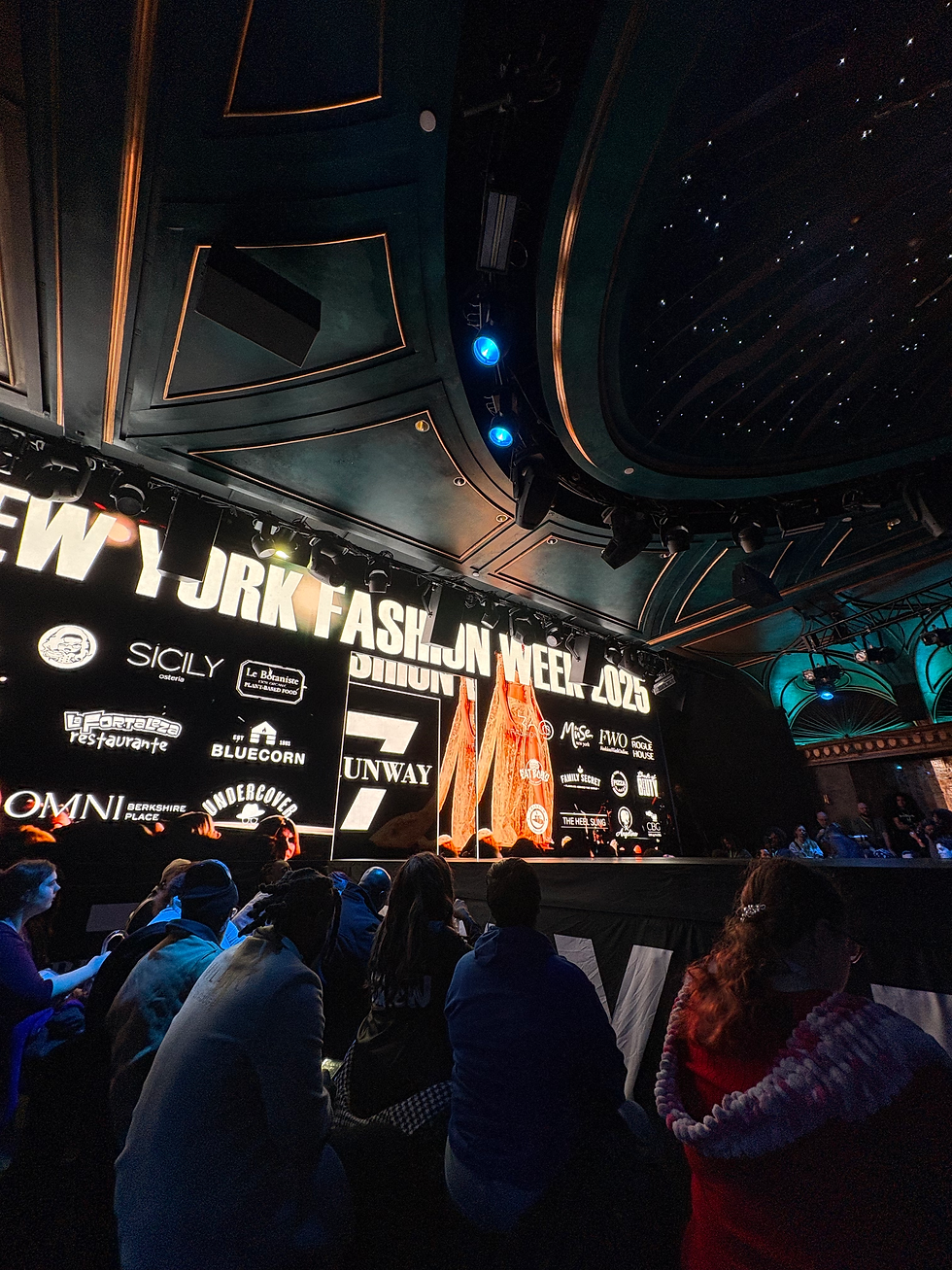

Comentarios